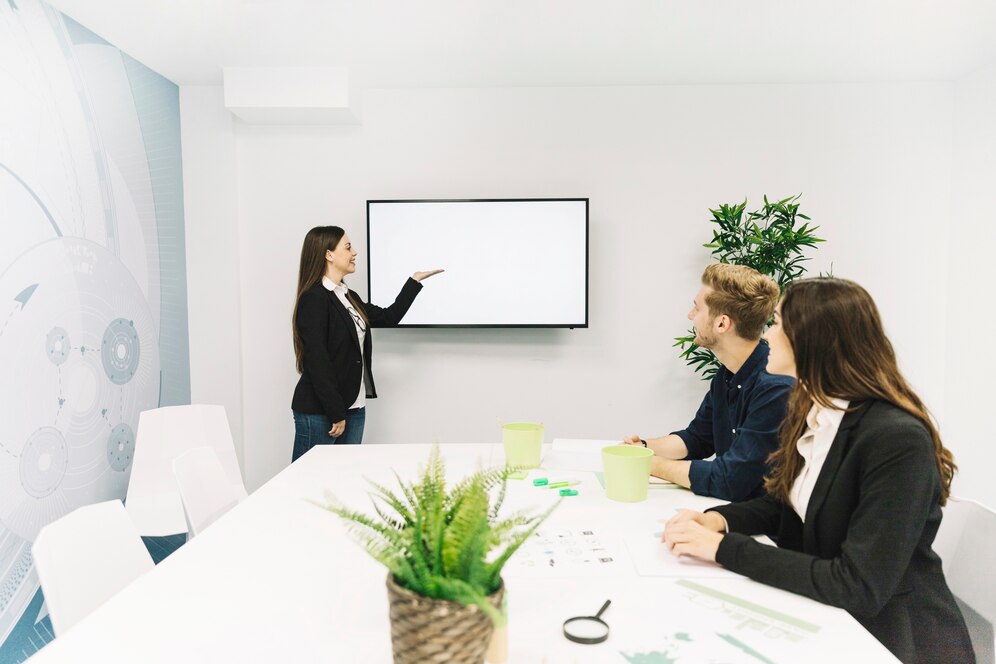
meeting room office
Meeting rooms are a crucial component of any office space. They are designed to provide a dedicated area for employees to gather and discuss important matters, hold presentations, and conduct meetings. Whether you have a small or large business, having a meeting room is essential to ensure smooth communication and collaboration among team members.
In recent years, meeting rooms have undergone significant changes in terms of design and functionality. The traditional boardroom-style setup is no longer the only option available. Many offices are now opting for more flexible and versatile meeting spaces that can be easily adapted to meet the changing needs of their employees. From small huddle rooms to large conference halls, meeting rooms come in different shapes and sizes to cater to various requirements.






